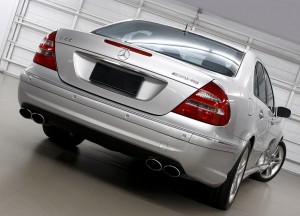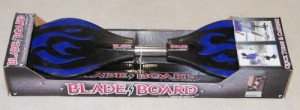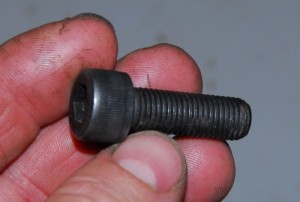The Hidden Story of Reader Ratings
At the end of all AutoSpeed articles is a reader rating system – you can give any article a score from 1 (bad) to 5 (excellent). As you’d expect, AutoSpeed publisher Web Publications has internal data analysis and display of these reader ratings – now totalling literally hundreds of thousands of scores.
By importing the data into a spreadsheet, I can rank all our articles in terms of numbers of ratings, averaged ratings for individual articles, and so on. I can also see changes over time in the average reader ratings for specific articles.
The other day a reader proposed that, if an article suggests to people ideas they don’t want to hear, they are more likely to give it a low score. So in other words, instead of rating articles on the basis of the quality of journalism, expression, innovative ideas (etc) that are presented, they just rate it on the basis of whether or not they agree with it.
- » Continue reading or Comments (4)

 Julian Edgar, 50, has been writing about car modification and automotive technology for nearly 25 years. He has owned cars with two, three, four, five, six and eight cylinders; single turbo, twin turbo, supercharged, diesel and hybrid electric drivelines. He lists his transport interests as turbocharging, aerodynamics, suspension design and human-powered vehicles.
Julian Edgar, 50, has been writing about car modification and automotive technology for nearly 25 years. He has owned cars with two, three, four, five, six and eight cylinders; single turbo, twin turbo, supercharged, diesel and hybrid electric drivelines. He lists his transport interests as turbocharging, aerodynamics, suspension design and human-powered vehicles.




